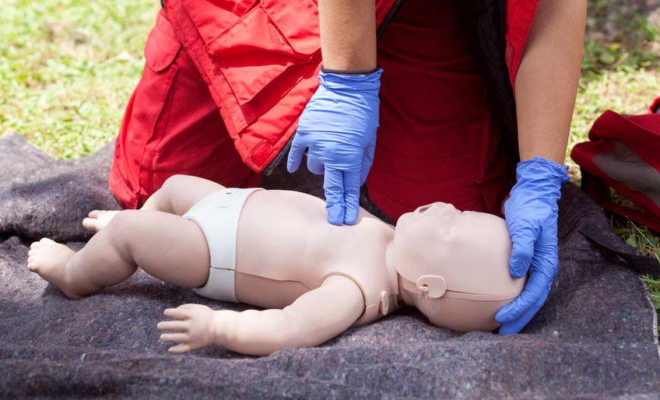
Heart problems in children are relatively common in that around 1 in 100 children have one. These types of heart problems are referred to as heart defects or congenital (present at birth) heart disease. They are typically treatable with medication, surgery, or other medical procedures. However, what parents may not be aware of is that those carrying out the treatment ie pediatric heath care professionals, must have special training to do so. This training is called Pediatric Advanced Life Support (PALS) or AHA PALS certification. Holders of this certification are required to keep it current by completing AHA PALS renewal courses every 2 years if they want to continue working in this field.
Diagnosing Children With Heart Disease,
Most pediatric heart-related tests are simple, quick, and painless. Furthermore, many children with heart defects lead normal lives with few or no restrictions.
Indeed, quite often children with heart defects appear healthy and have no symptoms. It’s also common to find that their parents don’t know about their condition. If a child does develop symptoms, they usually appear within the first few weeks of life.
Pediatric Heart Defect Signs And Symptoms
Typical symptoms of pediatric heart defects include:
- Feeding difficulties (especially becoming sweaty during feeds)
- Blue colour on the lips and skin (cyanosis)
- Shortness of breath, slow growth, pale skin, and fatigue
These symptoms are caused by a decreased oxygen supply to the body, which occurs when the blood lacks oxygen or the heart does not pump as well as it should.
What Factors Contribute To A Pediatric Heart Defect?
Sometimes there is a defect in the heart’s walls (for example, a hole in the heart). This means that clean blood leaving the heart gets mixed with ‘dirty’ blood returning to the heart. There may be a problem with the valves (e.g. they may be too narrow or completely blocked) so the heart is not pumping efficiently. When these issues arise, the body may not receive as much oxygen as it should.
A heart defect usually develops while the baby is still growing in the uterus. It is not caused by anything the mother did during her pregnancy, and doctors frequently are unable to determine why the defect occurred. Heart problems can sometimes be inherited, particularly if there is a family history of heart defects.
Certain childhood illnesses can sometimes cause heart damage, as can a viral infection. The latter however is rare.
AHA PALS Renewal For Treating Pediatric Heart Disease
The reason for the defect in your child’s heart will establish the treatment regime that is used. Most heart defects resolve on their own over time, and some can be treated medically. Surgery or other procedures may be required at times. Your child may require a combination of treatments in some cases.
When seeking treatment for a child or infant with a pediatric heart disorder, it’s important to know that the nurses, doctors and emergency personnel that work on them must have AHA PALS training. They must also have a current AHA PALS renewal card.
AHA PALS renewal is available through the AHA and accredited training centers. It can be done as an in-person course or online via a blend of e-learning and in-person PALS Renewal courses.









